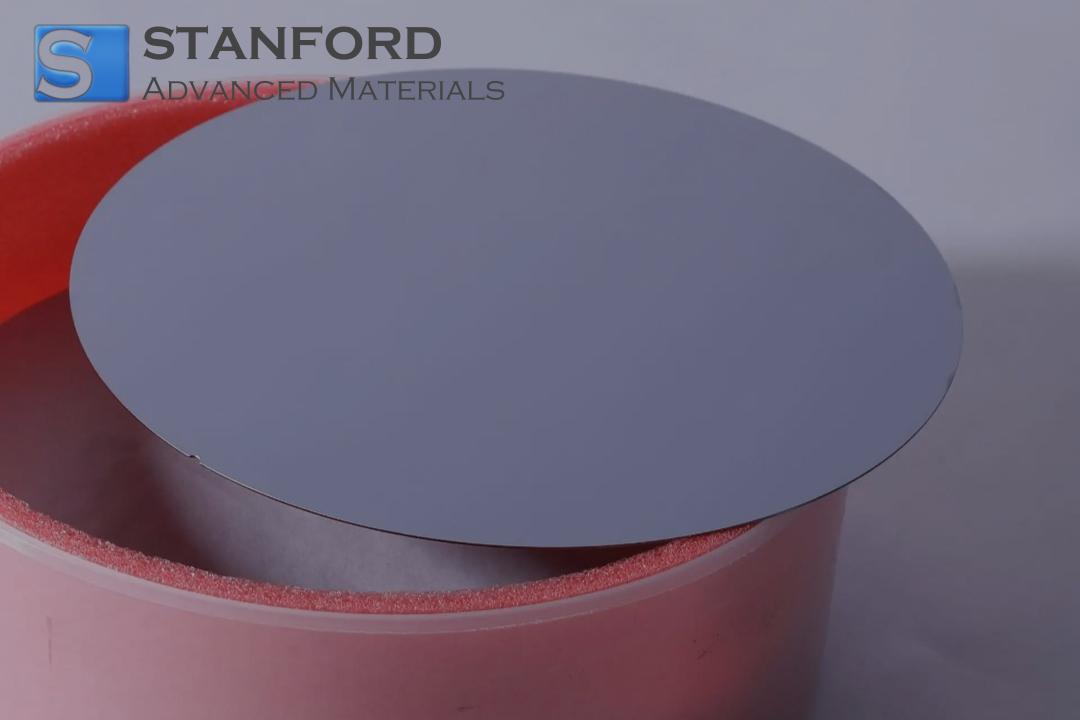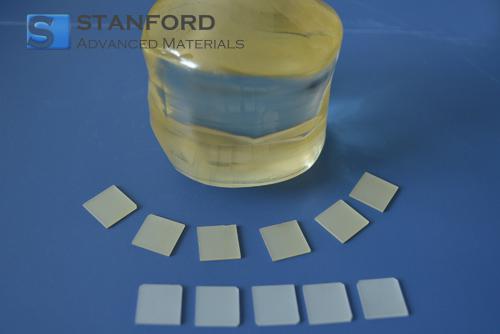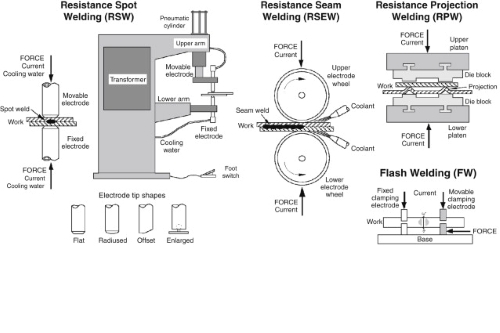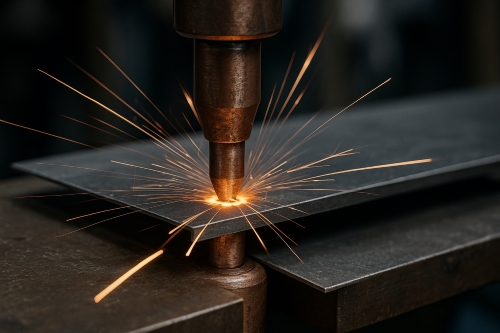Dielectric Properties Comparison of Insulating Materials
Understanding Dielectric Properties
Dielectric behaviour is the manner in which insulating materials react to electric fields. It describes how well the material opposes electrical conduction. Two of the most critical properties that define how these materials act are dielectric constants and loss factors. The dielectric constant is a measure of how effectively energy is stored. The loss factor measures energy lost as heat. An explicit knowledge of these values is of top priority when selecting the appropriate material for an application.
Polymers (Polyimide, Polytetrafluoroethylene, Epoxy, Polyvinylchloride)
Polyimide is used where high strength and temperature are required. Polyimide has been employed in certain electrical insulation applications. Polytetrafluoroethylene is widely used due to its low friction and good high-temperature stability. Epoxy is used in printed circuit boards and other electronic assemblies because of its good bonding characteristics. Polyvinylchloride is common in cable insulation. It has lower strength at high temperatures but is inexpensive for many applications.
All these polymers have varying dielectric constants. Polyimide typically has values between five and six, while polytetrafluoroethylene is closer to two. Epoxy and polyvinylchloride are intermediate. These materials are favoured by engineers in applications where flexibility and weight are considerations, such as in consumer electronics.
Ceramics (Alumina, Boron Nitride, Silicon Nitride)
Ceramics are the preferred choice for high dielectric strength and thermal resistance. Aluminium oxide, or alumina, possesses good dielectric properties and heat resistance. Boron nitride offers good thermal conduction and electrical insulation. Silicon nitride maintains stability even under mechanical stress. These materials are frequently employed in high-risk applications such as spacecraft or components in high-voltage circuitry.
Their dielectric constants can vary. Alumina typically ranges from nine to ten. Boron nitride exhibits a lower dielectric constant, which is useful in applications requiring a low dielectric constant. Silicon nitride falls between these values. Selection depends on application-specific needs. Numerous specialised materials have been developed based on this understanding.
Glass (Fused Silica, Borosilicate)
Glass plays an important role in electrical insulation. Fused silica is a material with very low dielectric loss. It is common in microwave and high-frequency applications. Borosilicate glass is sought after for its heat resistance and is commonly used in laboratory equipment. Its dielectric constant is slightly higher than that of fused silica, but borosilicate glass provides strength at intermediate temperatures.
Glass is utilised in applications where chemical resistance and transparency are essential. Glass has dielectric properties that contribute to reducing energy losses and providing stable performance over extended periods.
Composites (Polymer-Ceramic, Epoxy with Alumina/Silica)
Composite materials combine the best features of polymers and ceramics. In a polymer-ceramic composite, a flexible polymer matrix may be combined with ceramic particles. The result is a combination of flexibility and good dielectric strength. Epoxy blended with alumina or silica is widely used in printed circuit boards and electronic packaging. This combination enhances heat resistance and mechanical strength without degrading dielectric performance.
Data indicates that these composites achieve dielectric strengths of several kilovolts per millimetre. Thus, they are an ideal choice for applications requiring stiffness alongside enhanced insulation.
Factors Affecting Dielectric Strength
Dielectric strength is influenced by several parameters. These include temperature, frequency of electrical load, and material quality. Temperature fluctuations can lead to degradation of dielectric properties. Higher frequency can result in increased losses. The quality of manufacturing is also significant. A trace impurity can diminish the level of insulation. These factors are recognised by engineers when developing reliable products.
Numerous practical uses demonstrate that environmental conditions can affect performance. Its relevance is observed in power transmission cables and consumer electronics.
Applications in Industries
Dielectric behaviour of insulating materials is applied practically. These materials are critical in electrical systems such as transformers and capacitors. They are used in various industries, including high-frequency communication equipment. Medical devices also depend on appropriate insulation. In certain heavy machinery, high dielectric strength can prevent breakdown and damage. The real-world selection of an insulator is based on its physical properties and cost.
Conclusion
Insulating materials exhibit various dielectric characteristics suitable for distinct applications. Polymers, ceramics, glass, and composites each possess their own strengths. For a more comprehensive list of materials, please refer to Stanford Advanced Materials (SAM).
Frequently Asked Questions
F: What does the dielectric constant indicate?
Q: It indicates the extent to which a material stores electric energy in an electric field.
F: Why are composite materials important to electronics?
Q: Composites provide a balance of flexibility and good electrical insulating properties.
F: How does temperature influence dielectric properties?
Q: An increase in temperature generally decreases dielectric strength and can increase energy loss.

 Bars
Bars
 Beads & Spheres
Beads & Spheres
 Bolts & Nuts
Bolts & Nuts
 Crucibles
Crucibles
 Discs
Discs
 Fibers & Fabrics
Fibers & Fabrics
 Films
Films
 Flake
Flake
 Foams
Foams
 Foil
Foil
 Granules
Granules
 Honeycombs
Honeycombs
 Ink
Ink
 Laminate
Laminate
 Lumps
Lumps
 Meshes
Meshes
 Metallised Film
Metallised Film
 Plate
Plate
 Powders
Powders
 Rod
Rod
 Sheets
Sheets
 Single Crystals
Single Crystals
 Sputtering Target
Sputtering Target
 Tubes
Tubes
 Washer
Washer
 Wires
Wires
 Converters & Calculators
Converters & Calculators
 Write for Us
Write for Us


 Chin Trento
Chin Trento



